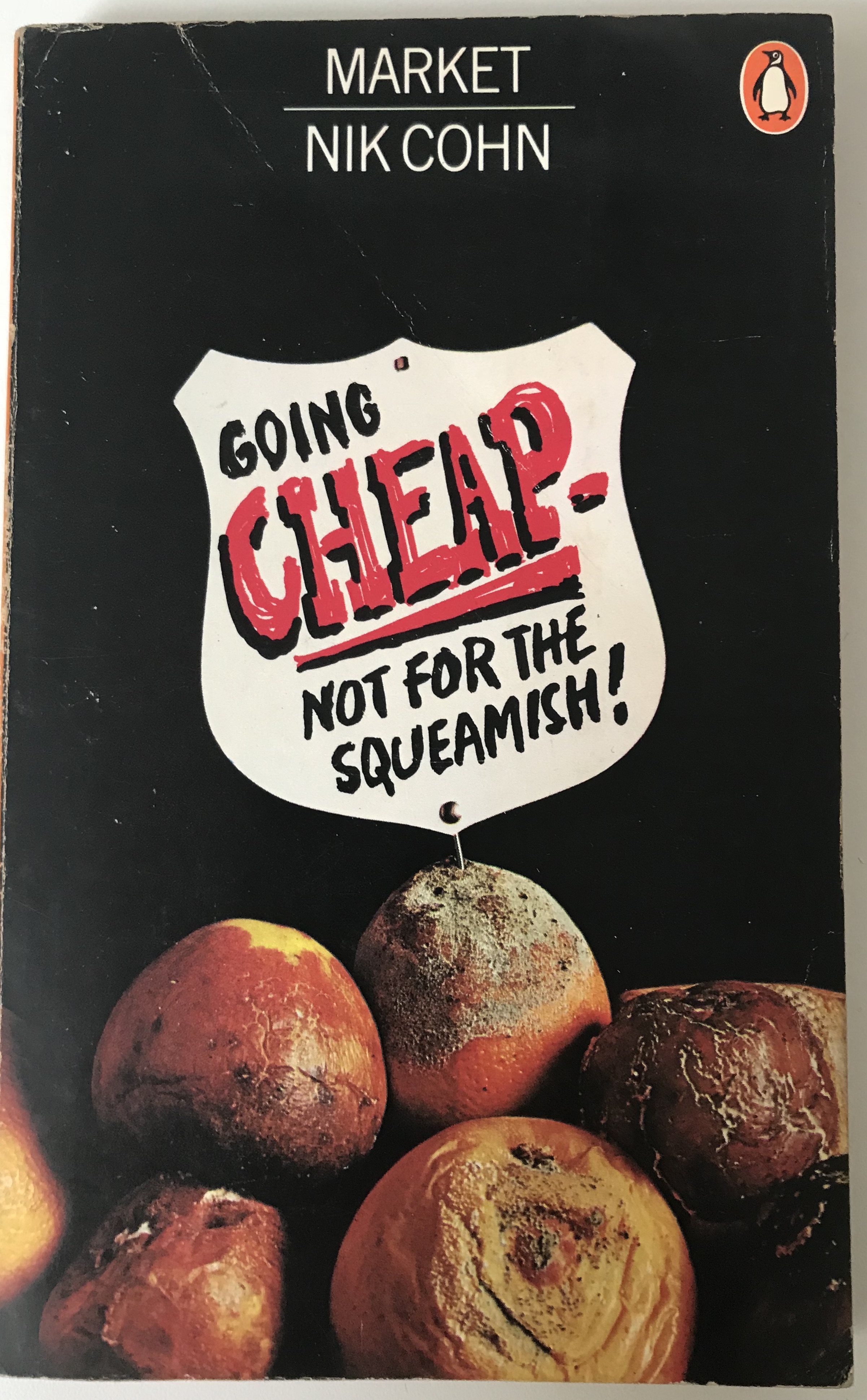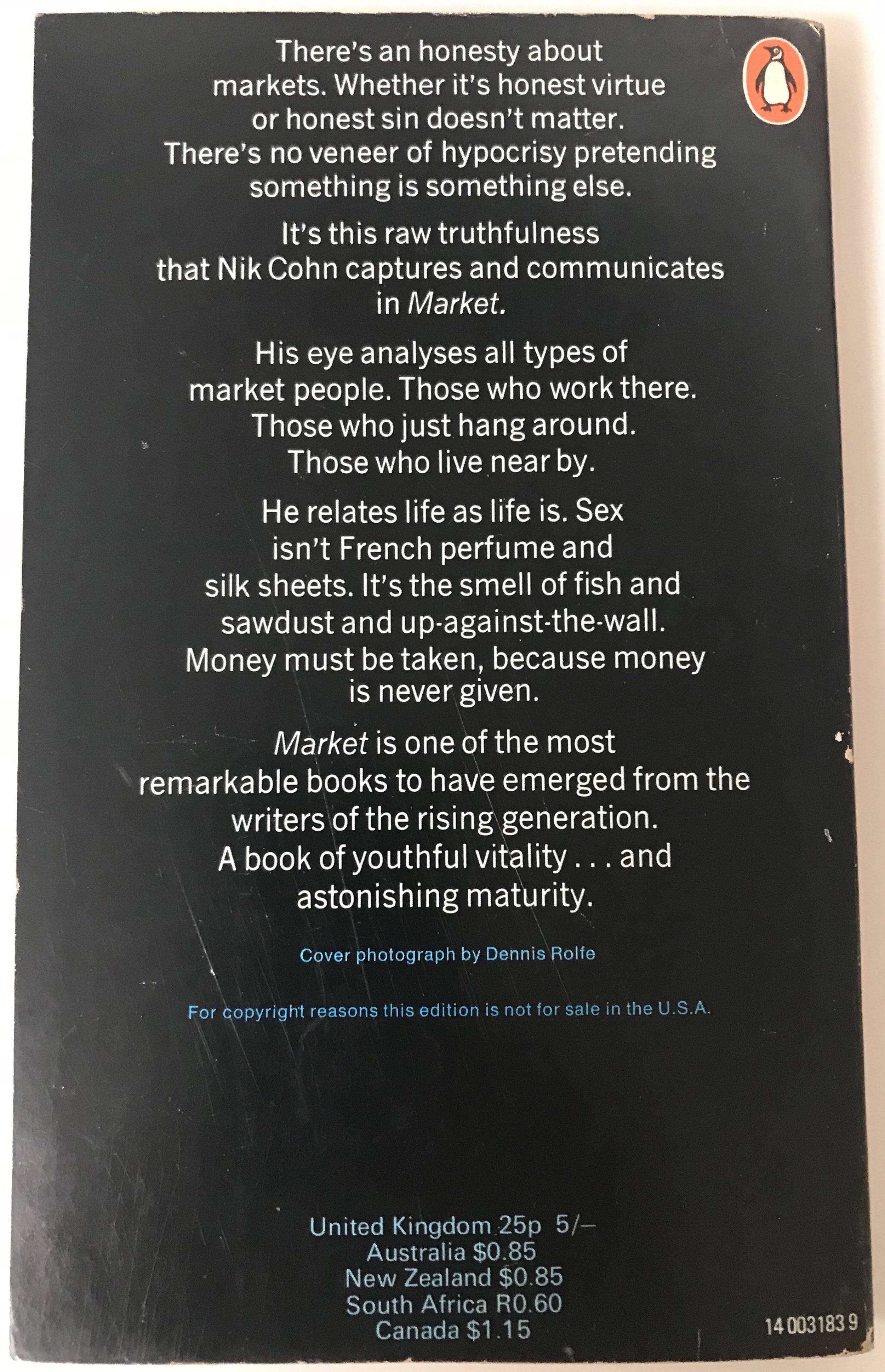Nathan Holmes, Welcome to Fear City: Crime Film, Crisis, and the Urban Imagination
(Albany: SUNY Press, 2018)
During the Summer of 1975, in order to manage New York’s budget problems, Mayor Beame openly discussed the possibility of discharging significant numbers of uniformed police officers and firefighters. Public sector unions hit back by publishing a pamphlet, ‘A Survival Guide for Visitors to the City of New York’, to be handed out at transit terminals and at subway entrances. On the front of the pamphlet, beneath the legend ‘WELCOME TO FEAR CITY’, a skull with a cracked-toothed smile, encircled by a cowl, fills the page. Inside, travellers are provided with guidelines to better ‘enjoy’ their ‘visit to the City of New York in comfort and safety. . . Good luck.’
The guidelines warn the unwary to ‘stay off the streets after 6 pm’, when even in midtown ‘muggings and occasional murders are on the increase during the early evening hours.’ If you must leave your hotel after 6pm, ‘Do not walk’, summon a radio taxi, ‘avoid public transportation’: ‘Subway crime is so high that the City recently had to close off the rear half of each train in the evening so that the passengers could huddle together and be better protected.’ And on it went, ‘remain in Manhattan’, ‘Protect your property’, ‘Safeguard your handbag’ . . .’Be aware of fire hazards.’ For any habitual filmgoer, by 1975 such scare tactics would have appeared second-hand at best.
Movies such as Klute (1971), The French Connection (1971), Serpico (1973), Detroit 9000 (1973), The Taking of Pelham One Two Three (1974), and Death Wish (1974) had all confirmed an image of New York as broken-backed, politically and socially, and rotten with criminal activity. The same was true of other major American cities, which were repeatedly rendered in the media as sites of violent disorder, social crisis and urban blight. Taking his book’s title from the pamphlet, Nathan Holmes builds his study of crime film and the urban imagination on case studies of these six movies, while pulling in numerous other titles that sit comfortably within the 1970s cycle of gritty thrillers.
Other film scholars have worked this territory before Holmes, most notably Stanley Corkin with Starring New York: Filming The Grime and Glamour of the Long 1970s (2011), but Welcome to Fear City moves beyond film analysis and symptomatic readings to investigate a more compelling, because exacting, range of contexts. Film’s topicality, the way movies respond to and take part in the debates and discourses of their time, are of prime concern. The public sphere is opened up for analysis through a study of the figure of the Super Cop, exemplified by The French Connection and Serpico. That chapter works with a range of transmedia manifestations, especially magazine coverage as found in contemporary articles and photo spreads in New York and Life. Architectural spaces that relate to Klute, predominantly parking garage, apartment, discotheque and skyscraper are explored in the book’s opening chapter.
Leaving New York momentarily behind for the Midwest, and exploring the Motorcity’s reputation as the nation’s murder capital, Holmes considers the cycle of Blaxploitation films, marketing ballyhoo and scenes of street walking in a chapter that takes the little known exploitation movie Detroit 9000 as its focus. With Pelham and Death Wish the ‘bystander effect’ forms the hub of his inquiry. The moral panic about crime and public indifference was woven out of the 1964 media coverage of the murder of Kitty Genovese. Her killing was said to have been witnessed by neighbors, who chose not to get involved. A number of films and television programs were made that used the story either directly or indirectly, but none with greater box office success than Michael Winner’s film, Death Wish.
These are the core topics of each chapter that are drawn together within the wider context of film and modernity, a field developed by scholars at the University of Chicago, such as Tom Gunning and Miriam Hanson, who are more than ably supported in their studies by the likes of Ben Singer and Edward Dimendberg. In turn, all these scholars draw on the work of the Frankfurt School, especially the theories of Walter Benjamin and Siegfried Kracauer. While the guidance and influence of the Germans and their American followers is readily apparent in the framing of each chapter, it is to Holmes’ credit that he uses their theories with a light enough touch so as not to obscure the actual object of his investigation, the films, their times and the cities they represent:
In the socially homogenized, fortified, and consumerist cities of the present, the problem is not over-stimulation but under-stimulation. The super-cop films of the 1970s stand on the precipice of this transformation. Their white police avatars and urban tourism demonstrate an enduring interest in the city as a social location. If The French Connection rises above the rest to remain a compelling film today, however, it is because its strange energies of urban stimulation still speak to us, beckoning us around corners, down streets, and through strange passages.
Whether attending to a film’s production, marketing, exhibition or reception, or to its formal properties, Holmes shows that he is first and foremost a film scholar with clear affinities to New Cinema History. At least, in the manner in which he attends to the ‘circulation and consumption of film and examines cinema as a site of social and cultural exchange,’ a method here summarized by Richard Maltby one of the field’s leading theorists. This approach is a highlight of the book, so that, even if a film is well known to a reader, there is much here that will be entirely new.
Furthermore, the specifics of a film’s history are superbly complemented by Holmes’ wide use of architectural and urban theory, debates in city planning and politics, and in popular discourses on crime and criminology. Discussing the vogue in ‘ruin porn’ that forms the iconography of today’s imaginary Detroit, Holmes writes:
Even as Detroit became visually emblematic of urban decay, it was electronically recalibrating the soul music it had helped innovate into synthesized funk. In the globally influential music of Detroit Techno, the ballet of foot pursuit through urban blight is converted into looping rhythms that reassemble the noise-pieces of industry and the beat of the freeway into a forward-looking, unrelenting motion. For a moment in the 1970s, this same motion was captured on film and broadcast to the nation in the coded images of Detroit 9000; the first Hollywood Midwestern made in Detroit.
Elsewhere, I’ve written about the bad contract between the cinema and its patrons, between the sidewalk and the screen, where film promises to be truthful in its rendering of the social. At best, the movies provide only a weak echo of the street’s cacophonous sounds and visual sensations, but film’s lack of authenticity, its refusal just to be a recorder of reality, is compensated by the use of familiar stories, structures of narration, and spectatorial pleasures. Welcome to Fear City captures the formulaic traits of the crime film and enables us to see them anew through the prism of the historical and theoretical contexts Holmes provides. Mark my words, in Film Studies that is a feat worth celebrating and this is a book worth your trouble to read.






















